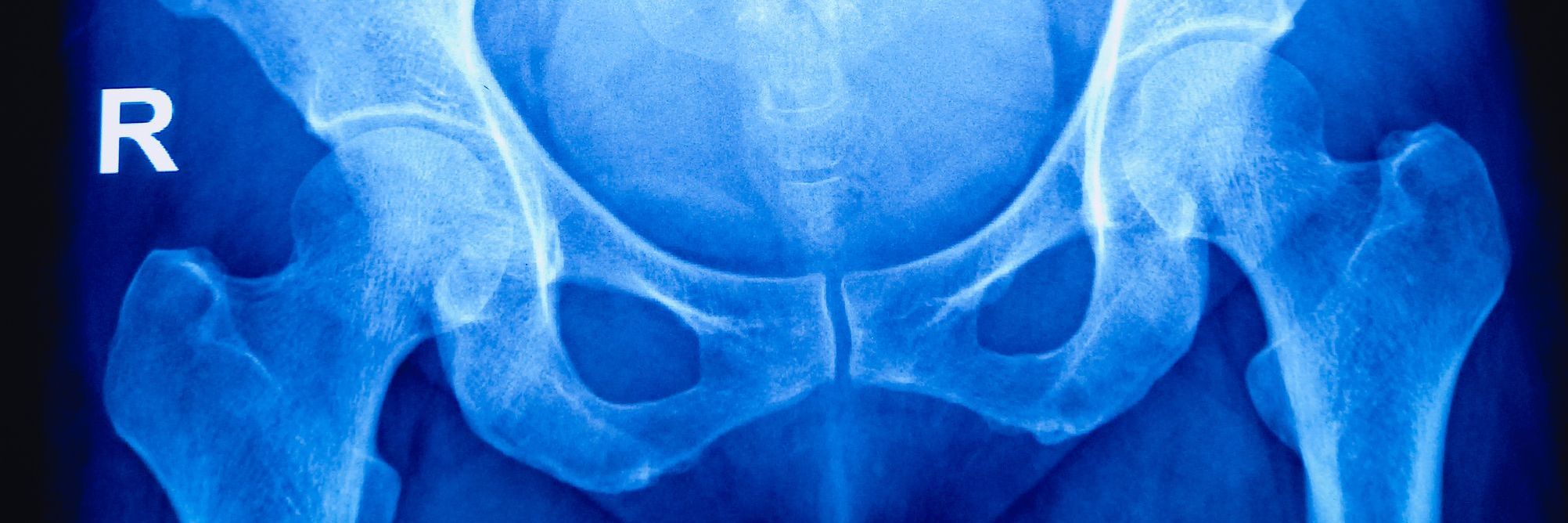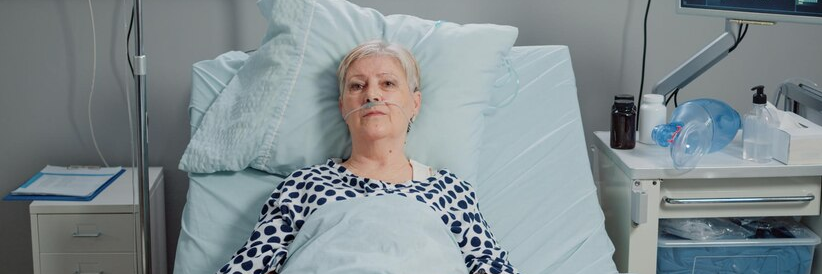The following is the summary of “Validation of Age-adjusted Ideal Sagittal Alignment in Terms of Proximal Junctional Failure and Clinical Outcomes in Adult Spinal Deformity” published in the December 2022 issue of Spine by Park, et al.
The purpose of this study is to verify the ideal sagittal alignment that takes into account a patient’s age in terms of proximal junctional failure (PJF) and clinical results. It has been shown that lowering the risk of PJF development can be achieved with appropriate sagittal correction relative to the age-adjusted ideal sagittal alignment. Unfortunately, very little research has confirmed this idea. Undercorrection in terms of conventional surgical objectives, such as pelvic incidence (PI) lumbar lordosis (LL) within ±9°, is likely to be the ideal correction for the age group examined. In light of this, assessing the practical relevance of age-adjusted sagittal alignment alongside its radiographic impact is important. Patients with spinal deformity who were 50 or older and had at least 4 levels fused together before reaching the sacrum and had at least 4 years of follow-up data were included in this study.
Multivariate analyses were performed on radiographic risk variables for PJF (including age-adjusted ideal PILL). Undercorrection, ideal correction, and overcorrection are the 3 types based on the difference between the age-adjusted ideal PILL and the actual PILL. All 3 groups were compared in terms of clinical outcomes. Patients with adult spinal deformities numbered 194. There were 172 women (or 88.7% of the total), and the average age was 68. After an average of 14.9 months following surgery, PJF manifested in 99 patients (51.0%). Statistical significance was found for just the PILL offset group in a multivariate analysis of PJF.
The group with the highest percentage of patients diagnosed with PJF was the overcorrection group, followed by the optimal correction group, and finally the undercorrection group. Patients who were overcorrected relative to the age-adjusted ideal alignment had worse clinical results than those who were not. Poor clinical results and an increased chance of developing PJF are linked to overcorrection relative to age-adjusted sagittal alignment. The age-adjusted PILL aim is more likely to result in overcorrection for individuals who are both older and have smaller PI. This population requires a stricter application of the age-adjusted alignment.
Source: journals.lww.com/spinejournal/Abstract/2022/12150/Validation_of_Age_adjusted_Ideal_Sagittal.7.aspx

















